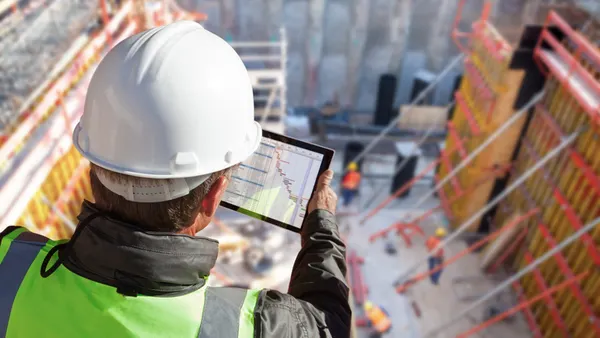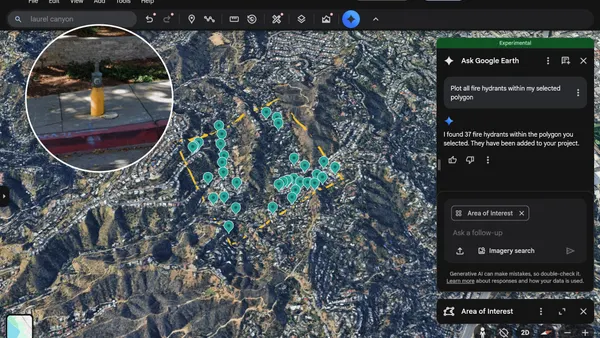Dive Brief:
-
A team of researchers at the University of Texas at San Antonio has received a $173,420 grant from the National Science Foundation to explore how smart buildings might communicate with each other and the grid to better balance whole-city energy consumption.
-
USTA will collaborate with faculty at the University of California, Riverside and Southern California Edison to beta-test the smart building monitoring technology on 1,000-plus building in Orange County, CA.
- Based on research by UTSA professor of mechanical engineering and project lead Bing Dong, the technology leverages algorithms to allow building-to-building and building-to-grid communication of consumption data and occupant behavior patterns.
Dive Insight:
For every green building with a state of the art energy management system, renewable power sources and high performance construction, there’s a building occupant who just forget to turn the lights off, or turn the air conditioning down in the summer.
Citing human behavior and consumption awareness as the future of energy management, Dong and his team will attempt to improve the technologies that are being used to manage demand response and the effort to reward energy consumers for cutting back during peak usage periods and dedicating the majority of their energy consumption to off-peak times.
Enabling building-to-building energy data sharing should push the concept of demand response even further, providing insight not simply into personal energy consumption, or consumption by building, but consumption relative to other buildings in real-time.
That kind of successful energy management is expected to generate nearly $55 billion by 2020, with smart city energy management initiatives largely leading the way, according to a recent report by global market research firm Technavio.









